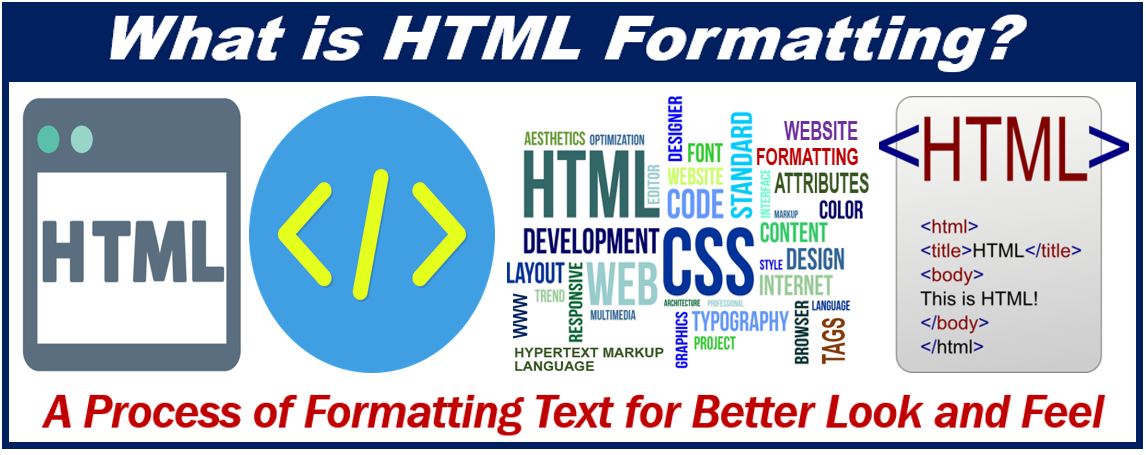The acronym of HTML stands for HyperText Markup Language. It is used to create documents on the World Wide Web. In 1990, Tim Berners-Lee was the computer scientist who first introduced the concept of HTML. With the help of HTML, we can define a web document’s structure and layout by using a variety of tags and attributes. These tags and attributes are interpreted by web browser software to display the pages.

To understand HTML Formatting‘s concept, first, we have to discuss hypertext, markup language, and web page – elements that an HTML formatter online assess.
Hypertext
The simple meaning of hypertext is “text within the text” which means there is a text with a link. If you are thinking about how it works? It simple, you have to click on a link, and it brings you a new webpage. With the help of hypertext, we can link two or more web pages with each other.
Markup language
The markup language is not a complicated thing; it’s just a computer language used to apply layout and formatting conventions to a text document. It is a way to make the text more interactive and dynamic because through this, you can turn text into images, tables and links.
Web page
When a document is written in HTML and translated by a web browser, it is known as a web page. It can be identified by entering an URL. There are two types of web pages: static, and the other is a dynamic type. We can only create static web pages with the help of HTML.
When are you looking at how you can do HTML formatting? Don’t worry. We have many free tools available online, like json formatter, which helps format, validate, save and share your JSON data.
What is meant by tags?
In HTML Formatting, tags play an essential role. If we talk about labels, hundreds have used to format and layout the information in a web page. With the help of titles, we can specify the hypertext links.
HTML tags are keywords present between the angle brackets, and they usually come into pairs like <a> known as the start tags and <b>known as the end tag. The other names of start and end tags are opening tags and closing tags. The text present between the start and end tag is referred to as elements.
Here we have a complete guide about the tags that are used in HTML Formatting.
- The placing of start and end tags of the document:
<html>……….</html>
- The tag use to show the title of the document:
<head>
<title>
</title>
</head>
- The tag used to indicate a hyperlink:
<a href=ahttp://URL>Text for the link</a>
- Tag us to indicate that the text should be in Calibri font and coloured yellow:
<font face=”Calibri “color=”yellow”>this is some text! </font>
How Attribute is important in HTML Formatting
As we discuss the Attribute of HTML Formatting, four core attributes can be used on most HTML elements.
- ID
- Title
- Class
- Style
The ID Attribute
In an HTML page, it can be used to identify any element uniquely. There are mainly two reasons to use the Id attribute on an element. It is possible to recognize just that element and its content if it carries an id attribute as a unique identifier. The second primary reason to use id attributes is that you can differentiate them easily if you have two elements of the same title within a web page.
The Title Attribute
With the help of the title attribute, you can easily suggest a title for the element.
The Class Attribute
This type of Attribute is used to associate an element with a style sheet and specifies the class of element.
The Style Attribute
With the help of style attribute, you can specify Cascading style sheet rules within the element
Interesting related article: “What is a Website?“

